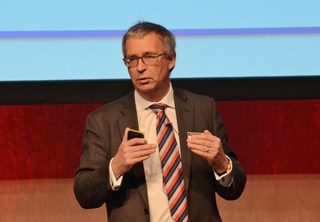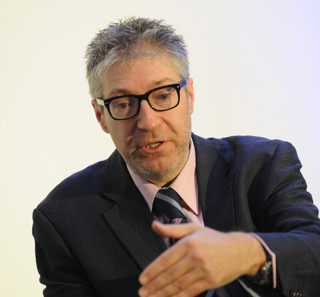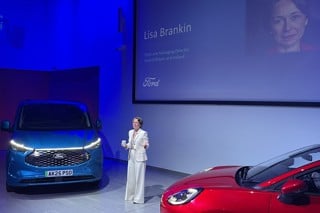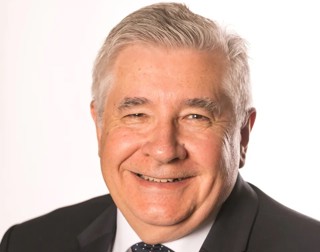Director of the Centre for Automotive Management at Loughborough University’s Business School, AM Awards judge and recently-appointed Institute of the Motor Industry (IMI) president, Jim Saker, argues that diversity in automotive "needs to be looked at".
A couple of months ago one of our Centre for Automotive alumni emailed me to ask if I knew of any research that had been undertaken looking at people with disabilities working in the retail automotive sector.
To my shame I realised that in the past five years I have seen very little written on that or the issue of diversity generally within our industry.
Julia Muir continues to champion the challenge of attracting more women into our businesses through the operation of the Automotive 30% Club and this is being supported by many manufacturers and dealers, but other initiatives appear to be fairly limited.
I do not want to sound ‘woke’ but it is odd that when you look around the world of automotive retailing, despite some great HR strategies from some top companies, the level of diversity still appears to be underplayed.
Whether it be the number of people with disabilities, the BAME community or women, there seems to be a level of under-representation which needs to be examined.
My argument is not based on some idealistic view or even the BLM agenda (which I totally support) but on the basis that the research shows that diversity is good for business. By having a range of perspectives within an organisation it is likely to be able to respond meaningfully to a wider and more diverse audience.
The challenge is how do we build a diverse and resilient workforce when people are not drawn to us as being somewhere that they would want to work.
It is interesting that, even in F1, possibly one of the more attractive parts of the motor industry, Lewis Hamilton has felt it necessary to set up a foundation to look at why there are not more black people involved along the pit wall. A question that could equally be applied to women.
I have written before about the topic of homophily, the sociological term for the idea that ‘birds of a feather flock together’. People tend to be drawn to live in areas with people like themselves. We have a tendency to hire people in our own image. We socialise with people like us. The challenge is in breaking the cycle.
A lot has been published recently on unconscious bias and the need to be aware of our own innate prejudices. We can often make the right noises and genuinely feel anger about injustice. But, unless the words are supported by the physical evidence of change, then they become empty gestures.
This is not simply a moralistic argument. If we are trying to recruit good people, it makes sense to explore the untapped talent pool of these underrepresented groups. The challenge
is how to make our organisations attractive to as wide a diversity of people as possible.



















Login to comment
Comments
No comments have been made yet.